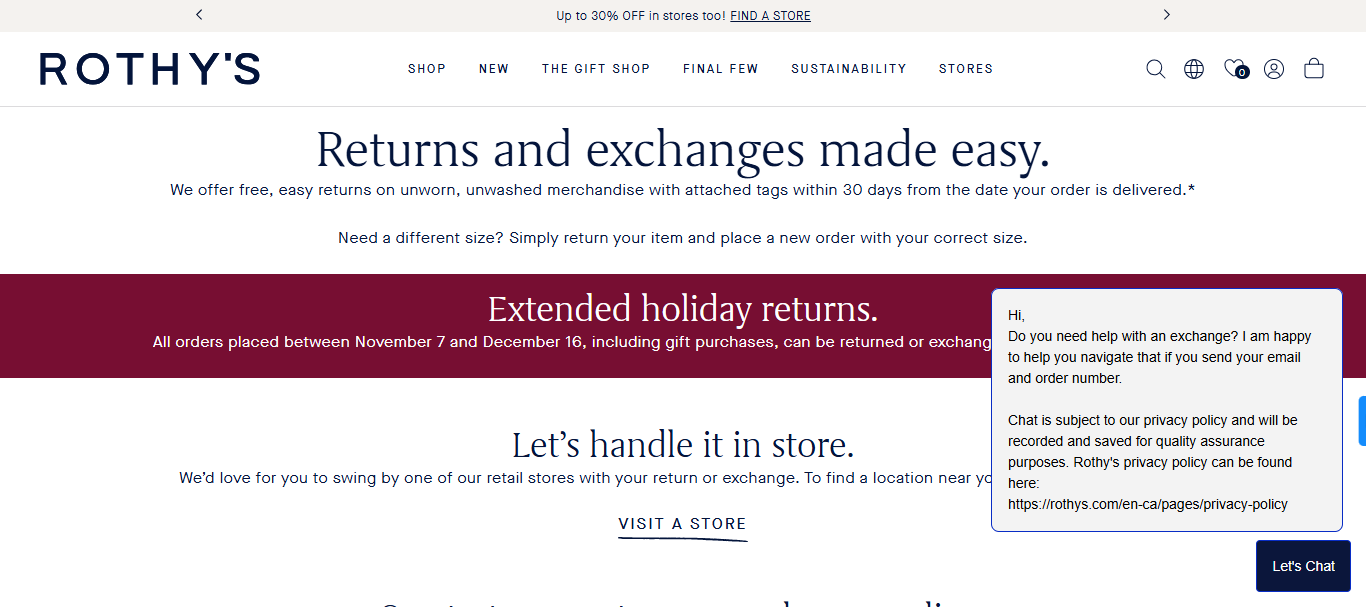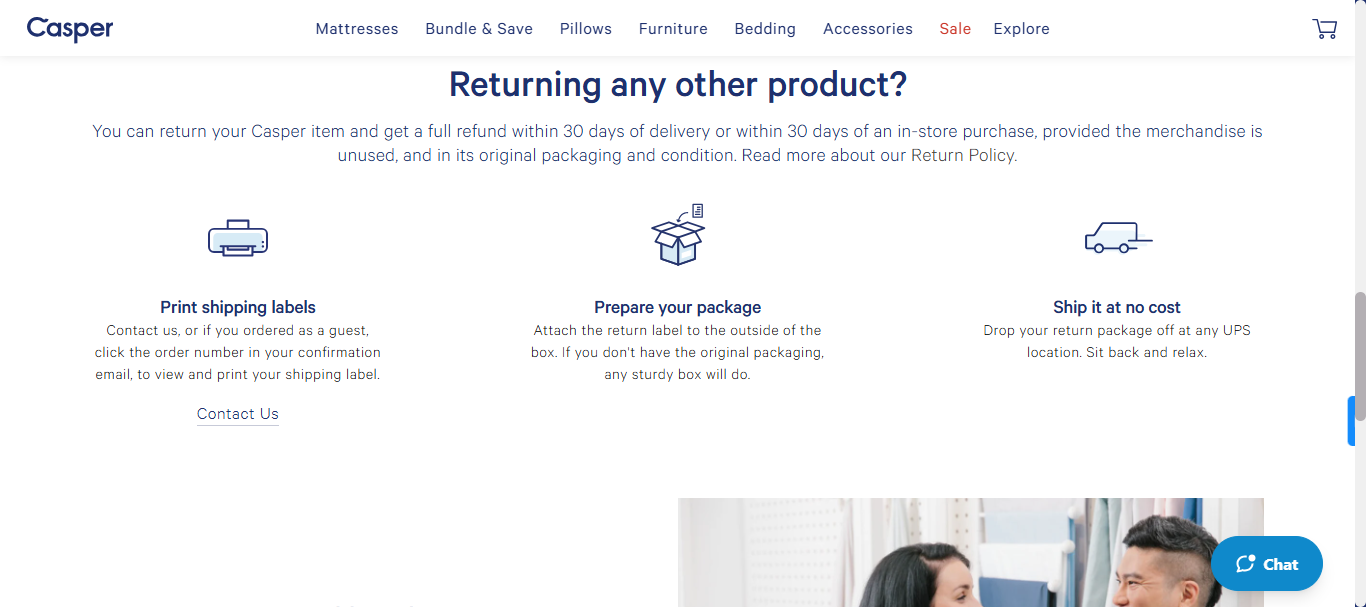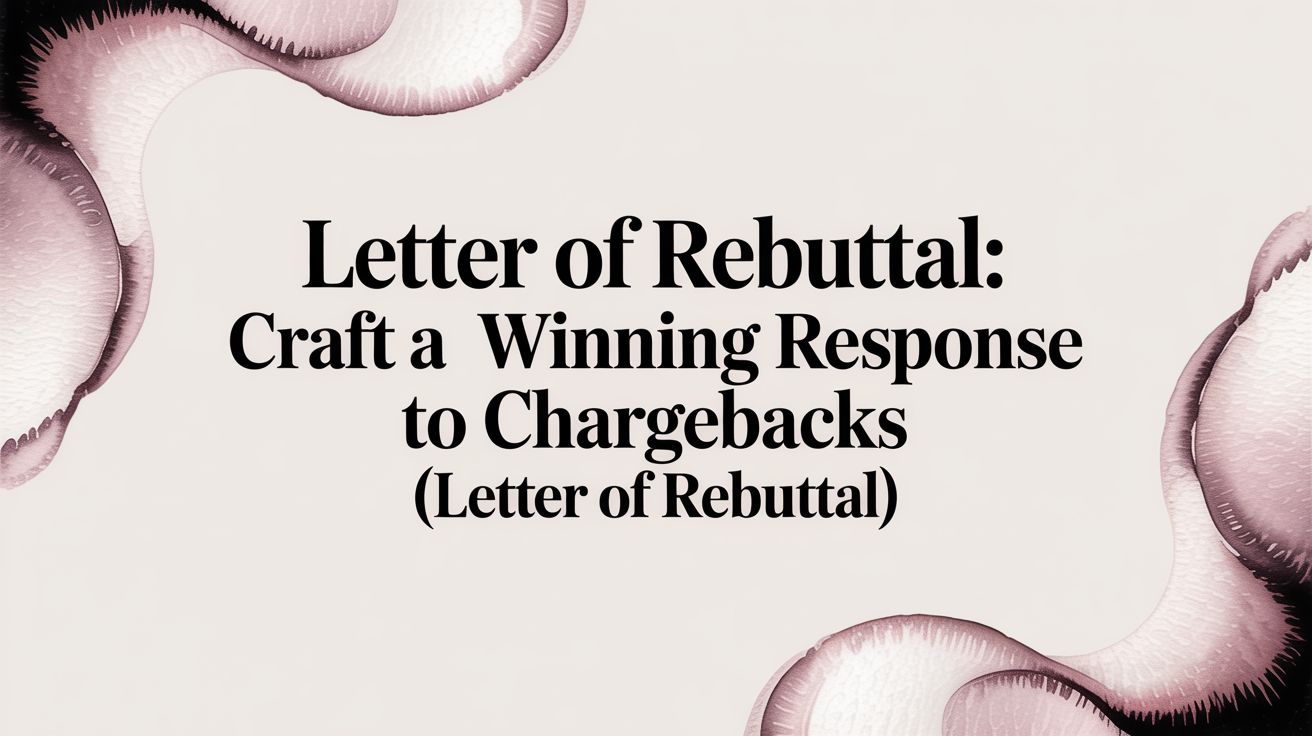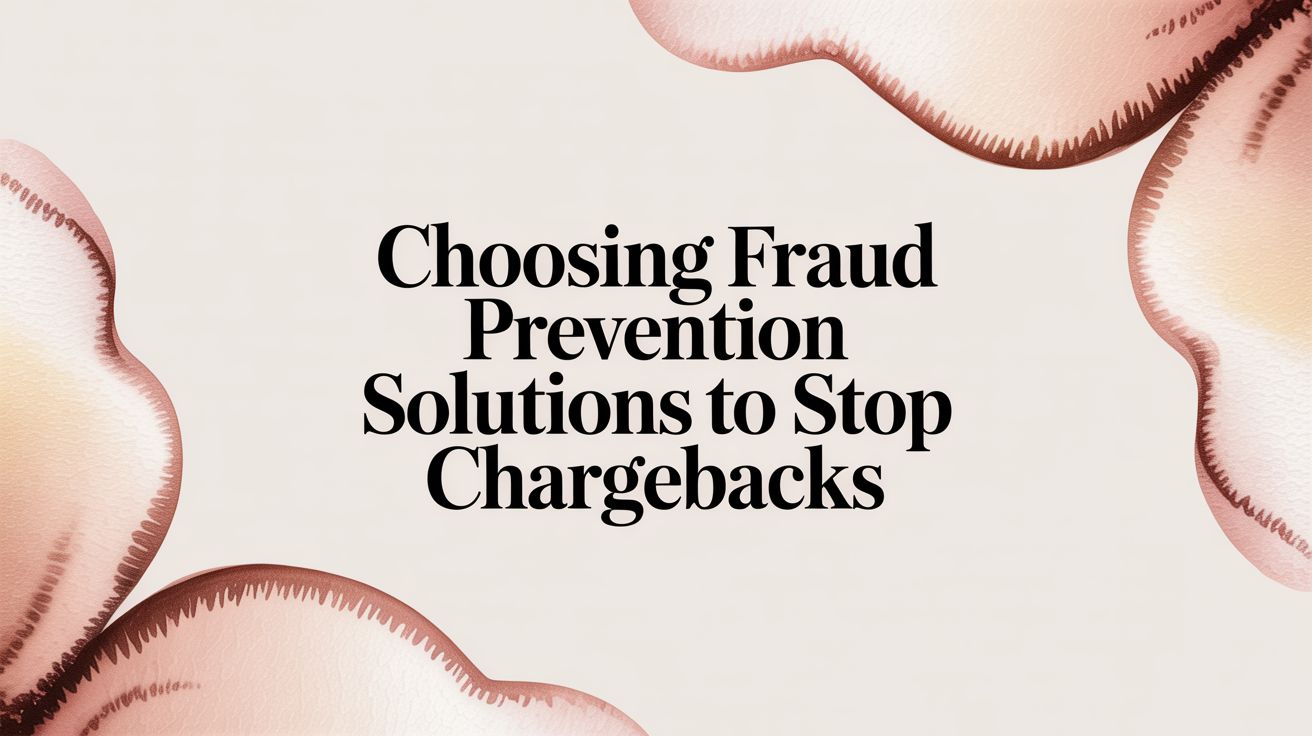
As a merchant, do you know that customer retention involves little aspects that must be right? To provide that premium purchase experience, owners rely on Shopify.
Let's look at some numbers proving that why Shopify is such a big deal. In 2022, Shopify made a massive $5.6 billion in revenue, up 26% from the previous year. Over its lifetime, it's generated a $755 billion in sales. (Source: Shopify)That's impressive, right?
But it's not just about the money! Shopify is helping around 4.5 million e-commerce sites, each representing a business.
But, why care about these Shopify stats?
In simple terms, they show that Shopify is a major player in the eCommerce. It's a platform that boost your business.
But there's a key detail beyond Shopify that often gets overlooked is Shopify Refund Policy.
Now, how business are at stake while Shopify is booming?
Do you know that 84.4% of orders that Shopify considered "medium risk" were safe to ship without any Shopify chargeback protection?
To protect your store our guide explains why having a policy is crucial, what should be in it, and how it protect businesses while keeping customers returning.
What is a Refund Policy?
A Refund Policy is a set of rules that explain to customers what happens if they're not happy with their purchase.
In simple terms, it answers questions like:
- Can you return something you bought?
- How long do you have to return it?
- Do you get all your money back, or just some?
- What condition does the item need to be in for a return?
Having a clear refund policy sets expectations and avoids misunderstandings while showing that you're a professional and trustworthy store.
Plus, payment processors and marketplaces like Shopify require you to have a Refund Policy on your store.
Components of a Comprehensive Shopify Refund Policy
Here are the key components you need to include will creating a Shopify refund policy:
1. Eligibility
Specify which products are eligible for returns and refunds. Let customers know if there are any exceptions, such as final sale items, perishable goods, or custom-made products.
Clearly outline the condition products must be in to be eligible for a refund. For instance, are opened packages accepted, or do items need to be in their original packaging and unused?
2. Return Window
Define how long customers have to return products. Is it from the date of purchase or the date of delivery? This information helps customers understand their time constraints. Generally, Shopify allows customers to ask for a refund 30 days after the purchase is made.
3. Refund Method
Explain how customers will receive their refund. Will it go back to their original payment method or be provided as store credit? Make this process straightforward.
4. Return Shipping Cost
Clearly state who is responsible for covering return shipping costs. Let customers know if you offer free return shipping or if they need to pay for return shipping themselves.
5. Refunds for Damaged or Defective Products
Outline your policy for dealing with damaged or defective products. Do you offer a full refund, product repair, or a replacement? Be transparent about your approach.
6. Refunds for Lost or Stolen Packages
Detail your policy for handling lost or stolen packages. Will you issue a refund, reship the order, or provide alternative solutions to address these issues?
7. Refunds for Special Circumstances
Address special circumstances like a change of mind, buyer's remorse, or situations where customers no longer need the product. Clearly define your policy for each of these situations.
8. Contact Information
Provide clear and easily accessible contact information that customers can use to initiate a return or request a refund. Make sure they know how to reach out to you.

Additionally, consider including your refund policy in your Shopify FAQs and on your website's footer. This makes it convenient for customers to find and understand your policy, ultimately building trust and satisfaction.
10 Mistakes to Avoid While Making a Shopify Refund Policy?
When crafting your Shopify Refund Policy, it's crucial to avoid common mistakes that can lead to confusion and customer dissatisfaction. As a merchant, you want to create a policy that is straightforward and customer-friendly.
Here are some key things to avoid while making your Shopify Refund Policy:
1. Using Complex Legal Jargon
Avoid the use of complex legal language or technical terms in your policy. Keep it simple and easy to understand for your customers. They shouldn't need a law degree to comprehend your refund policy.
2. Not Being Clear About Timelines
Your policy should clearly state the time frame within which customers can return a product for a refund. Don't leave room for confusion. Use plain language to specify deadlines for returns.
3. Having Too Many Restrictions
While it's important to have some restrictions in place, such as requiring products to be returned in new or like-new condition, you don't want to make it too difficult for customers to return or exchange items. Avoid overloading your policy with restrictions that deter customers from seeking refunds.
4. Not Offering Free Return Shipping
Offering free return shipping can encourage customers to complete their purchases with confidence. It also helps improve customer satisfaction. Avoid neglecting this aspect if it's feasible for your business.
5. Not Having a Consistent Refund Policy
Your refund policy should be consistent across all channels, including your website, social media, and customer service. Inconsistencies can lead to confusion and erode trust.
6. Hiding Important Information
Don't hide essential information within your policy. Make sure critical details such as the refund process, eligibility criteria, and contact information are easily accessible and not hidden in the fine lines.
7. Failing to Update Your Policy
Your business may evolve, and so should your refund policy. Failing to update it regularly can lead to discrepancies and customer dissatisfaction. Ensure your policy reflects your current business practices.
8. Ignoring Legal Requirements
Depending on your location and the nature of your business, there may be legal requirements for refund policies. Avoid ignoring these legal obligations, as non-compliance can lead to problems down the road.
9. Not Communicating Changes
If you make updates or changes to your refund policy, it's important to communicate these changes clearly to your customers. Keep them informed and aware of any modifications.
10. Lacking Contact Information
Ensure that your policy includes clear and readily available contact information. Customers should know how to reach out to you for questions or concerns related to refunds.
By avoiding these common mistakes, you can create a Shopify Refund Policy that not only complies with best practices but also enhances the trust and satisfaction of your customers.
8 Benefits of Having an All-round Refund Policy
Running an online store comes with its challenges, but having a straightforward refund policy can be highly effective. Here's why it's essential, especially when it comes to avoiding chargebacks:
1. Builds Trust
Your refund policy shows customers that you have confidence in your products. When they know they can get their money back if needed, it builds trust.
2. Keeps Customers Happy
A clear refund policy makes it easy for customers to return things they don't like. Happy customers are more likely to come back and recommend your store to others.
3. Saves You Time
When your refund policy is easy to understand, customers don't need to ask lots of questions. This leaves you more time to focus on growing your business.
4. Boosts Your Reputation
A good refund policy can lead to positive reviews and good word-of-mouth. This enhances your store's reputation and attracts more shoppers.
5. Prevents Chargebacks
A clear refund policy can help prevent chargebacks. When customers know they can get a refund easily, they're less likely to dispute charges with their credit card company, which can be costly and damaging to your business.
6. Legal Protection
A clear refund policy can also protect you legally. It sets clear rules and can be helpful in case of disagreements with customers.
7. Beats the Competition
If your refund policy is better than your competitors, it can make you stand out. Customers might choose your store over others because of it.
8. Boosts Sales
When people know they can get a refund easily, they're more likely to buy from you. They feel less risk, which can lead to more sales.
In short, a simple and clear refund policy is not just some boring rule. It helps people trust you, keeps them happy, and can even save you time and trouble, especially when it comes to avoiding chargebacks. Make sure your policy is easy to understand and fair for everyone to enjoy these benefits.
5 Examples of Excellent Shopify Refund Policy
Let's talk about 5 Shopify stores with excellent refund policies. As a merchant or store owner, you'll find these examples inspiring for crafting your customer-friendly return policy.
Rothy's
- Rothy's is known for its customer-friendly approach. They offer free returns and exchanges within a generous 90-day window from the date of purchase.
- Whether your customer wants to return or exchange an item, Rothy's makes it hassle-free. They allow returns by mail or in person at one of their retail stores.

Why it works: Rothy's policy is customer-centric. A 90-day window is ample time for customers to decide, and the multiple return options show they care about making it convenient for their shoppers.
Casper
- Casper is all about a good night's sleep, and they stand by their products. They offer free returns and exchanges for mattresses and bedding within an impressive 100-day window.
- Customers can return or exchange items by mail or, if they prefer, Casper even offers a pickup service.

Why it works: Casper's 100-day policy is one of the longest in the industry, emphasizing its commitment to customer satisfaction. The pickup option makes the return process even more convenient.
Allbirds
- Allbirds, known for its comfortable shoes and apparel, offers a 30-day return and exchange policy.
- Customers can return or exchange items by mail or, if they prefer a more personal touch, at one of Allbirds' retail stores.

Why it works: While the return window is shorter, it's still fair. Allbirds balances this with the option to return items in-store, which can be more convenient for some customers.
Away
- Away, a luggage brand offers a 100-day return and exchange policy for their products.
- Customers can choose to return or exchange items by mail or schedule a pickup with Away.

Why it works: Again, the 100-day window stands out. Offering a pickup service makes the return process smooth and customer-friendly.
These stores set excellent examples with their return policies. They prioritize customer satisfaction by providing generous return windows, offering free returns and exchanges, and giving customers multiple options for returning items.
As a store owner, you can learn from their customer-centric approach and consider how to adapt these principles to your own business.
Poor Refund Policy Leads to Chargebacks and Friendly Frauds
In e-commerce, having a poor refund policy can lead to serious problems for store owners like you. Two big issues that can arise from a bad refund policy are chargebacks and friendly fraud. Let's break down what these mean for your business.
Chargebacks
Chargebacks happen when a customer disputes a charge on their credit card statement. This can be a headache for you because it often results in the customer getting their money back, and you losing a sale. Here's how a poor refund policy can trigger chargebacks:
- Lack of Clarity: If your refund policy is unclear or hidden deep in your website, customers might not find it. They might dispute the charge instead of going through your refund process.
- Unresponsive Customer Service: If your customer service is slow to respond or unhelpful, frustrated customers may resort to chargebacks as a way to get their money back quickly.
- Unfair Policies: If your refund policy is perceived as unfair or unreasonable, customers are more likely to dispute charges. For example, if your policy doesn't allow returns for defective products, customers may turn to chargebacks as a last resort.
Friendly Frauds:
Friendly fraud occurs when a customer falsely claims they didn't receive a product or service, or they didn't authorize a purchase. It's called "friendly" because the customer is usually not a criminal but may misunderstand the situation or try to avoid the hassle of returning a product. Here's how a poor refund policy can lead to friendly fraud:
- Confusing Policies: If your policy is confusing or not easy to understand, customers might claim they didn't understand it, leading to friendly fraud.
- Lack of Communication: Poor communication with customers can make them feel ignored or mistreated, pushing them towards filing a friendly fraud claim.
- No Flexibility: If your refund policy is inflexible and doesn't account for unique situations, customers may opt for friendly fraud instead of trying to work with you.
So, as a store owner, it's crucial to have a clear, customer-friendly refund policy in place to avoid chargebacks and friendly fraud. Make sure your policy is easy to find on your website, your customer service is responsive and helpful, and your policy is fair and flexible. This way, you can protect your business from unnecessary losses and maintain a good relationship with your customers.
Preventing Refund Policy Abuse Disputes with ChargePay
Refund policy abuse is a common challenge for Shopify stores, where customers exploit refund policies to claim unwarranted refunds, often leading to disputes and revenue loss.
ChargePay addresses this issue by leveraging AI-driven tools to identify patterns of abusive behavior early on. Its real-time transaction monitoring and predictive analytics can flag suspicious activities, such as repeated refund requests or mismatched order details.
It helps merchants refine their refund policies to minimize vulnerabilities while maintaining a fair and transparent approach for genuine customers by providing actionable insights.
Additionally, ChargePay simplifies chargeback management by automating the process of gathering and submitting evidence when disputes arise.
It helps merchants create compelling responses with accurate documentation, reducing the risk of losing disputes tied to refund policy abuse.
By streamlining this process, merchants focus on improving their operations and customer service, ensuring a balanced approach to managing refunds without compromising on security.







.svg)







.svg)
.svg)
.svg)